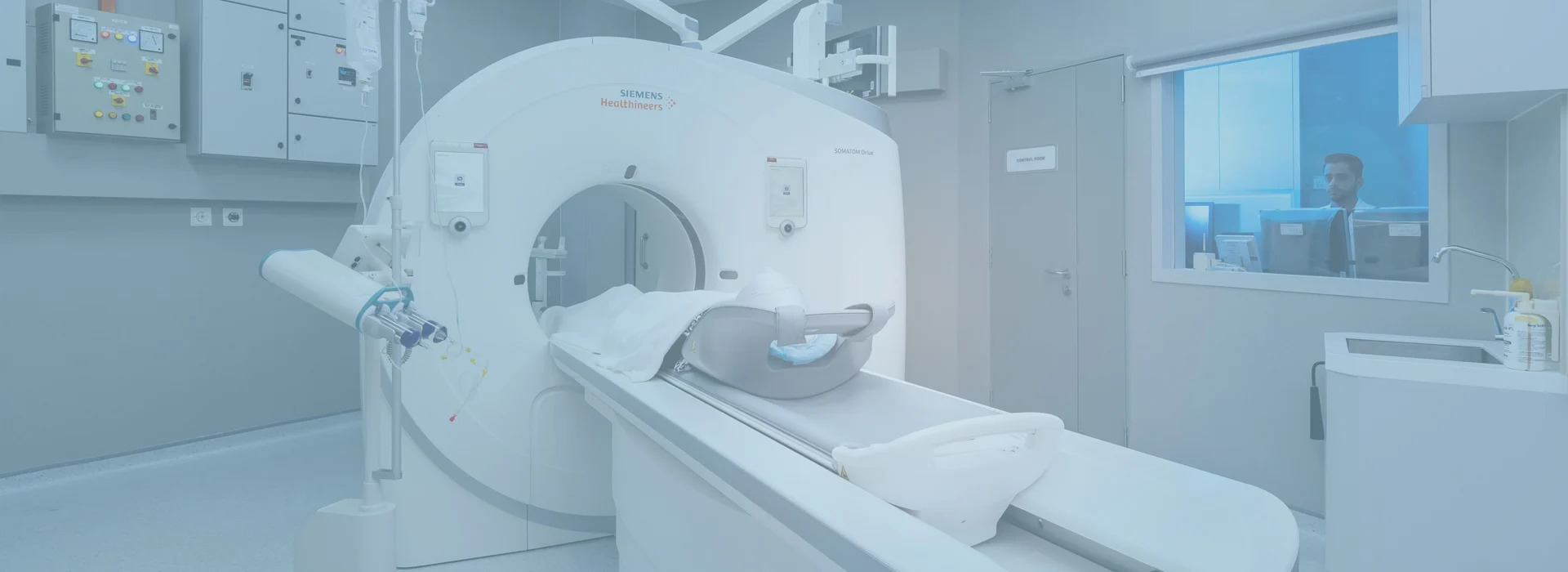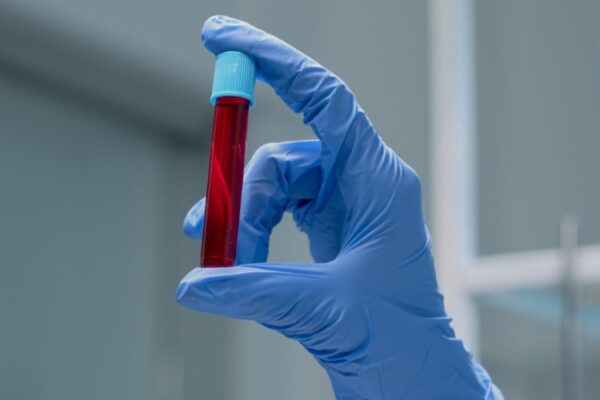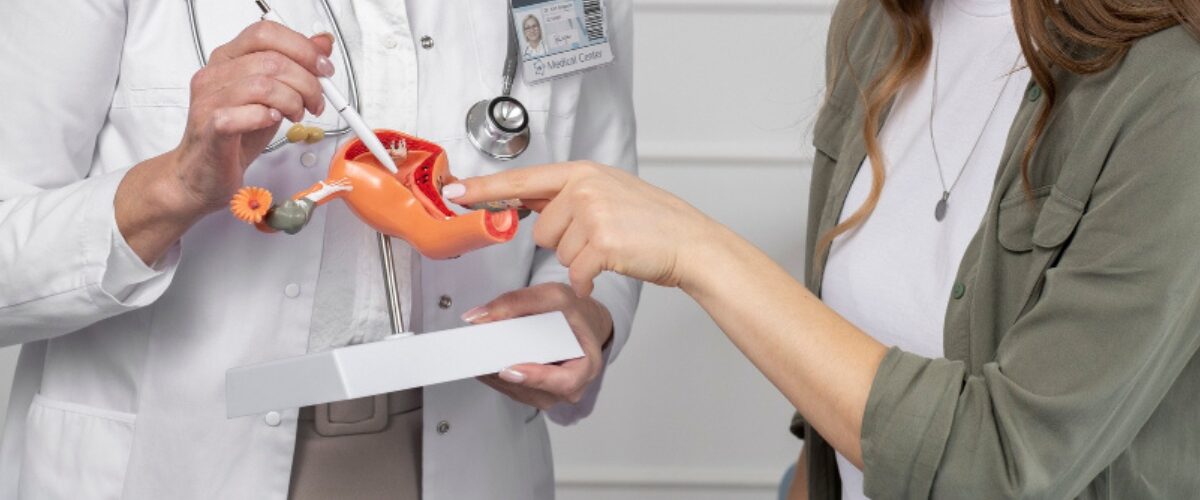
13 Oct A Compassionate Guide to Gastroscopy vs. Endoscopy
A Compassionate Guide to Gastroscopy vs. Endoscopy
By Island Hospital | October 13, 2025 10:34:09 AM
Do you ever get that feeling that something’s not quite right with your digestion, and you know a quick fix like a sachet of Eno just isn’t going to solve it?
If you tick the checklist of these persistent symptoms, chances are that it might be your body’s way of asking for a closer look.
You may have heard your doctor mention a “scope” test, and while the idea of a medical procedure can be intimidating, our goal at Island Hospital is to make your journey to better health as smooth and stress-free as possible.
Follow us as we walk you through the key differences between a gastroscopy and an endoscopy, demystify the process, address your concerns, and show you what to expect, so you can feel confident and reassured on your path to recovery.
What is an Endoscopy?
Aside from being a long flexible tube with light and camera for a head, you may perceive an endoscopy as a way for a doctor to go on a “tour” inside your body without needing to do a major operation.
What this camera does is send live pictures to a screen, allowing your doctor to see what’s going on inside. Depending on which part of the body needs to be checked, the endoscope is gently guided through a natural opening, like your mouth or a small incision.
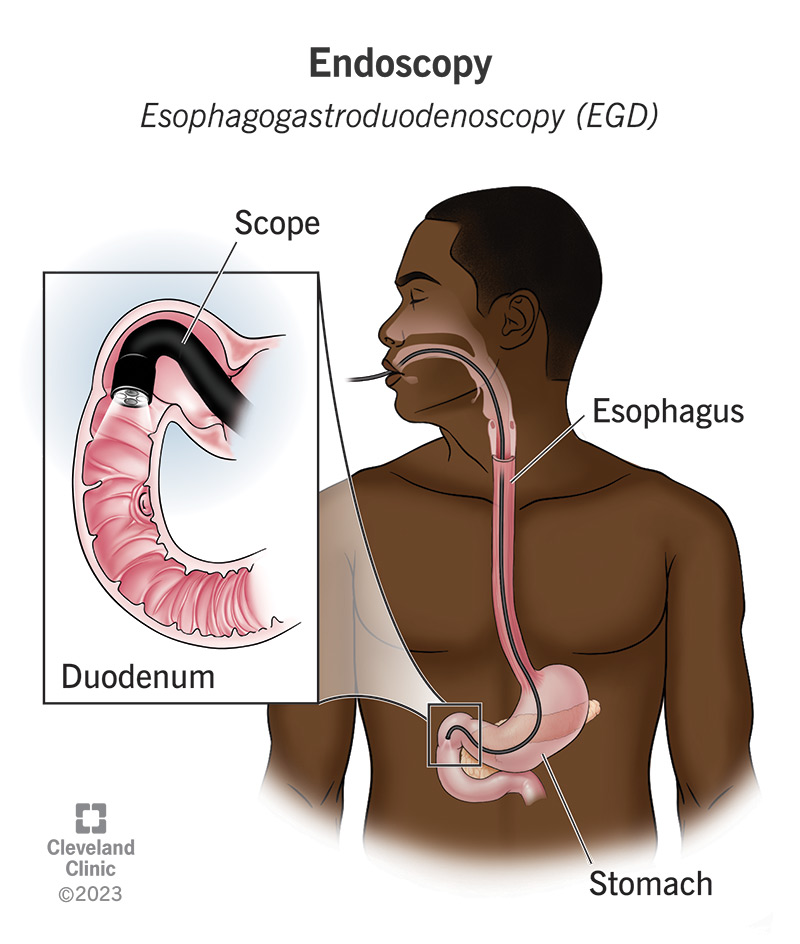
Endoscopy is a general term, like “car,” and there are many different types, each with a specific name for the area they’re looking at. For example, a gastroscopy is a type of endoscopy that specifically looks at the stomach.
Types of Endoscopy
Think of endoscopy as a general term for a procedure that looks inside your body. The type of endoscopy you have depends on which part of your body needs to be examined.
Here are a few common examples:
- Gastroscopy (Upper Endoscopy): This type of endoscopy focuses on the upper digestive tract—specifically the esophagus, stomach, and the first section of the small intestine. It’s often used to diagnose the causes of heartburn, nausea, or stomach pain.
- Colonoscopy: This procedure examines the large intestine and rectum. It’s most known for its role in screening for and preventing colorectal cancer.
- Bronchoscopy: This looks at the airways and lungs to help diagnose issues like a persistent cough or lung infections.
- Cystoscopy: This procedure checks the bladder and urinary tract.
What is a Gastroscopy?
Gastroscopy is a specific type of endoscopy focused exclusively on the upper gastrointestinal (GI) tract. It is also commonly known as an upper endoscopy or an Esophagogastroduodenoscopy (OGDS).
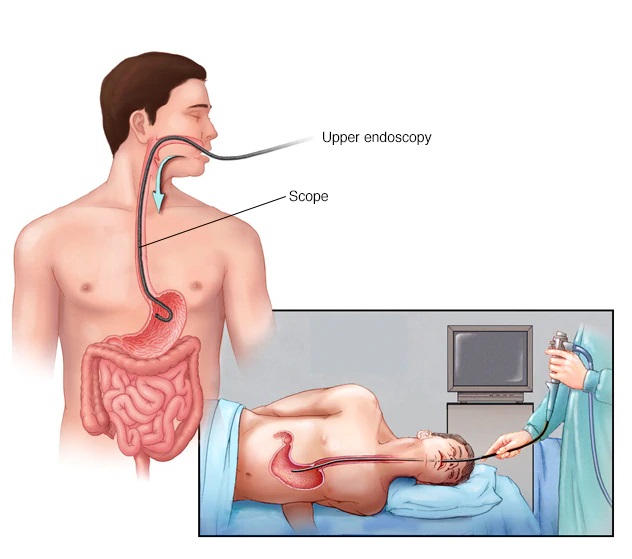
Gastrocopy
During this procedure, a specialist gently guides the gastroscope down your throat to look for issues such as inflammation, ulcers, polyps, or signs of cancer.
The gastroscope can also be used to take small tissue samples (biopsies) or treat certain conditions on the spot, such as stopping a bleeding ulcer.
That moment your doctor recommends an upper GI endoscopy can bring up a lot of questions. Find the answers to your queries in this article: Upper GI Endoscopy (OGDS) Procedure: What to Expect.
What are the Differences Between Gastroscopy and Other Endoscopies?
While both gastroscopy and other endoscopies share the same fundamental technology, they differ in their scope, procedure specifics, and patient experience. Let’s have a look at this side-by-side comparison to help you understand what sets them apart:
| Feature | Gastroscopy | Other Endoscopies |
|---|---|---|
| Area Examined | Esophagus, stomach, and duodenum (upper GI tract). | Varies by procedure (e.g., colonoscopy examines the large intestine; capsule endoscopy examines the small intestine). |
| Procedure Duration | Typically 15–20 minutes. | Can range from 30 to 60 minutes or longer, depending on the procedure. |
| Sedation Options | Often performed with conscious sedation, making you relaxed and sleepy but not fully unconscious. | Conscious sedation is common, but some procedures may require general anesthesia. |
| Discomfort Level | The most common sensation is a feeling of fullness from air used to expand the stomach, or a sore throat after the procedure. It is generally not painful. | May involve more significant preparation (e.g., a bowel cleanse for a colonoscopy) and potential discomfort from the air used to inflate the colon. |
| Recovery Time | You will need to rest for about an hour after the procedure. It's recommended to have someone drive you home, and you can resume light activities the next day. | Recovery time varies. For a colonoscopy, you will also need a driver and will likely need to take the rest of the day to recover from the sedation. |
These are My Symptoms. Should I Go for a Gastroscopy or an Endoscopy?
Your symptoms are a roadmap for your doctor. It is important that you understand what you are experiencing so that your doctor can determine which procedure is most appropriate moving forward.
Here is a breakdown of the most common symptoms that will help guide you toward the procedure that is best suited for you:
| Symptoms | Recommended Procedure |
|---|---|
| Heartburn, persistent indigestion, difficulty swallowing, or a feeling of food being stuck. | Gastroscopy These are classic signs of an upper GI tract issue that a gastroscopy can expertly diagnose. |
| Stomach pain, nausea, or vomiting. | Gastroscopy This procedure can identify causes such as ulcers, inflammation (gastritis), or hiatal hernias. |
| Unexplained weight loss or anemia. | Gastroscopy It allows your doctor to investigate ulcers, celiac disease, or potential tumors. |
| Rectal bleeding, chronic diarrhea or constipation, and changes in bowel habits. | Colonoscopy These symptoms point toward the lower GI tract and require a colonoscopy for proper diagnosis. |
| A broad range of symptoms that may be systemic, or when a gastroscopy and colonoscopy have both been ruled out. | Alternative Endoscopies For instance, a capsule endoscopy might be used to examine the small intestine for sources of bleeding. |
Red Flags That Require Immediate Medical Attention
If you experience any of the following symptoms, it’s crucial to seek immediate medical attention as any delay could be life-threatening:
- Severe abdominal pain that’s sudden and intense.
- Vomiting blood or what looks like coffee grounds.
- Black, tarry stools which can indicate bleeding in the upper digestive tract.
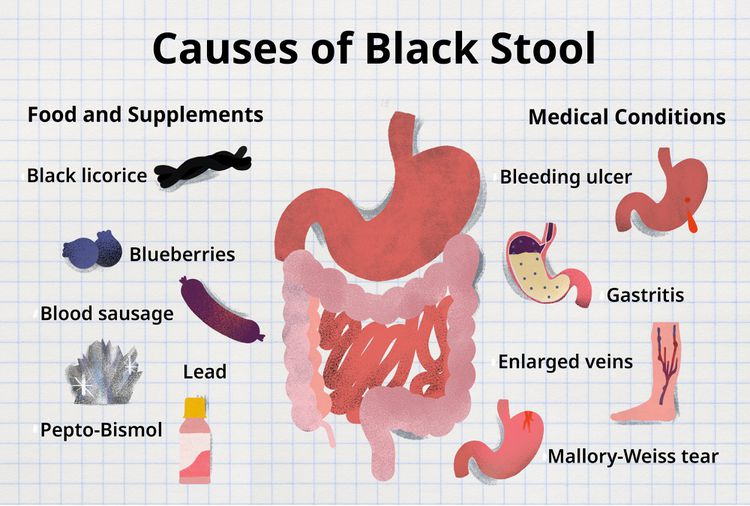
These are not symptoms to wait on and they could signal a serious and urgent medical condition.
Contact our Emergency Hotline +604 226 8527 or get in touch with our health professionals now if you’ve been experiencing these symptoms.
Consult a Specialist to Know for Sure
The best way to know which procedure is right for you is to consult with a gastroenterologist, a specialist in digestive health.
They will carefully review your medical history, listen to your symptoms, and discuss your concerns to recommend the most effective and appropriate diagnostic path for you.
Addressing Your Concerns: Myth vs. Fact
It’s natural to feel anxious about any medical procedure, and what you find online might not always tell the full story.
Although the internet can be a helpful starting point, it’s also a place where a simple search for a symptom can lead you down a rabbit hole of worst-case scenarios and unnecessary worrying.
To help you separate fact from fiction and feel more confident, let’s address some common fears and misconceptions about gastroscopy and endoscopy:
| Myth | Fact |
|---|---|
| "Gastroscopy will hurt." | The procedure is generally not painful. You'll receive sedation and a local anesthetic for your throat to ensure you are comfortable. Most patients are relaxed and do not remember the procedure. |
| "Sedation is risky." | Sedation is very safe and administered by trained medical professionals who will monitor you throughout the procedure. It is a key part of making your experience as stress-free as possible. |
| "What if they find something serious, like cancer?" | Finding out you have a serious condition can be frightening, but catching it early is the single most important factor for a positive outcome. The quick and accurate results from a gastroscopy allow doctors to create a clear and effective treatment plan right away, giving you the best possible chance at a full recovery. |
| "The scope is too big, I won't be able to breathe." | The gastroscope is a thin, flexible tube designed to pass comfortably. Your breathing will not be affected, as it does not interfere with your windpipe so, rest assured that our team will be with you the entire time, ensuring you are breathing easily. |
Got some gut questions? We have the answers you need. Have a read on how to Improve Your Gut with Island Hospital’s Gastroenterology’s FAQs by our gastroenterologists!
Get Facts, Not Myths
It’s completely normal to feel unsettled when facing a procedure that involves inserting a tool into your body. That feeling of being unprepared for the unknown is a very human reaction.
But you can rest assured knowing that the instruments used, like the endoscope, are specifically designed to be as safe and comfortable as possible.
When in the hands of our skilled and experienced health professionals at Island Hospital, you are in the safest possible hands. Our expertise ensures the procedure is carried out with the utmost precision and care, so you have one less thing to worry about.
Whether you’re here for a gastroscopy, a colonoscopy, or just a conversation to help make sense of your symptoms, we are here to provide the best for your health.
Contact us today to book an appointment or schedule a consultation with us.
FAQ
How much does an endoscopy cost?
The cost of an endoscopy varies depending on the type of procedure and whether additional treatments (like biopsies) are performed. For an estimated cost of an endoscopy procedure, it is best to consult with our hospital’s administrative staff or your insurance provider.
Can a gastroscopy or endoscopy cause chest pain?
Mild chest discomfort or a sore throat is common after a gastroscopy due to the passage of the scope. However, do contact your healthcare professional immediately if you experience severe chest pain, fever, or persistent pain.
Is endoscopy safe for seniors or children?
When it comes to an endoscopy, you can find peace of mind knowing it is a very common and safe procedure for both seniors and children. The process is highly tailored to each individual, regardless of their age.
For children, doctors will often use a general anesthetic to ensure they are fully asleep and comfortable throughout the procedure.
For seniors, the medical team pays close attention to any existing health conditions and adjusts the level of sedation accordingly. In both cases, the goal is to ensure maximum safety and comfort.
You can be confident that the medical staff will take every precaution to ensure the procedure is as smooth and worry-free as possible for your loved one.



